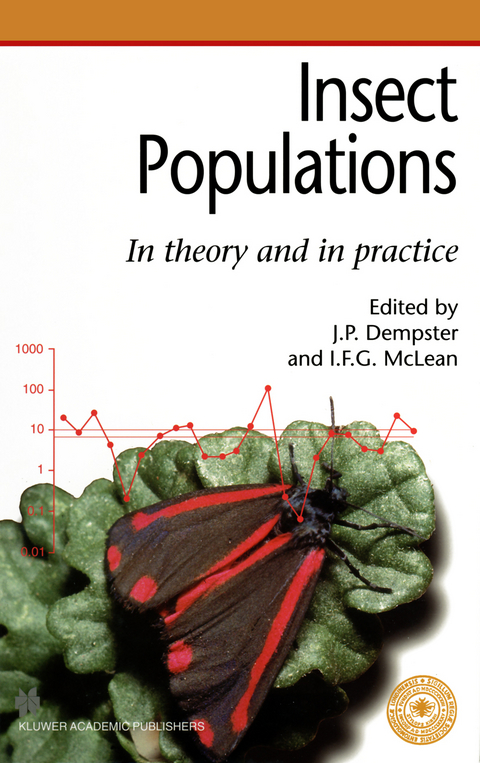
Insect Populations In theory and in practice
Springer (Verlag)
978-94-010-6060-8 (ISBN)
Entomologists have played a leading role in developing a theoretical basis to Population Ecology, but we still do not have adequate experimental and observational proof for many of the theoretical ideas that have been proposed. As a result, the subject has been beset with arguments for more than 50 years. This volume attempts to reconcile some of these controversies, while also reviewing the current state of our knowledge. The editors have drawn together an international list of contributors whose views reflect a range of opinions on how natural populations are stabilised. They have succeeded in producing a book that both covers the main alternative views in population theory and contains some of the best recent field studies of insect populations.
This Royal Entomological Society Symposium volume will be of great interest to all entomologists and ecologists, particularly those who wish to know more about Population Dynamics.
1.- 1 Spatial structure and dynamics of insect populations.- 2 The regulation of populations by density-dependent processes.- 3 The role of density-independent processes in the stabilization of insect populations.- 4 Resource limitation of populations and ceiling models.- 5 The problems associated with the identification of density dependence in population data.- 6 Host-parasitoid dynamics.- 7 Biological control of insects: implications for theory in population ecology.- 8 The effects of qualitative changes of individuals in the population dynamics of insects.- 2.- 9 Population dynamics of aphids.- 10 The population dynamics of Tephritidae that inhabit flower-heads.- 11 Population dynamics in the genus Maculinea (Lepidoptera: Lycaenidae).- 12 The dynamics of a herbivore-plant interaction, the cinnabar moth and ragwort.- 13 The population dynamics of Operophtera brumata (Lepidoptera: Geometridae).- 14 Population ecology of a gall-inducing sawfly, Euura lasiolepis, and relatives.- 15 The population ecology of Trichochermes walkeri.- 16 Bottom-up population regulation of a herbivorous lady beetle: an evolutionary perspective.- 17 The population ecology of Megaloprepus coerulatus and its effect on species assemblages in water-filled tree holes.- Concluding remarks.- References.- Species Index.
| Zusatzinfo | XX, 486 p. |
|---|---|
| Verlagsort | Dordrecht |
| Sprache | englisch |
| Maße | 160 x 240 mm |
| Themenwelt | Naturwissenschaften ► Biologie ► Evolution |
| Naturwissenschaften ► Biologie ► Ökologie / Naturschutz | |
| Naturwissenschaften ► Biologie ► Zoologie | |
| ISBN-10 | 94-010-6060-6 / 9401060606 |
| ISBN-13 | 978-94-010-6060-8 / 9789401060608 |
| Zustand | Neuware |
| Haben Sie eine Frage zum Produkt? |
aus dem Bereich


